Ever wondered about the fascinating myths that have shaped Romanian culture? Dive into the enchanting world of Romanian mythology, where tales of Solomonar—the high priests of Dacians—and the mysterious Zburatorul come to life. These stories are more than just folklore; they reveal the soul of Romania. The Solomonar is a feared sorcerer, while the Zburatorul embodies unfulfilled love.
But it doesn’t stop there. You’ll encounter the formidable Capcaun and the legendary Strigoi, known for their eerie presence.
Understanding these myths and legends not only enriches your knowledge but also deepens your appreciation for Romania. Ready to embark on this journey? Join me as we explore Romanian mythology and debunk some common myths about Romania. Some of the facts we will be covering:
- Romanian mythology includes intriguing figures like the Solomonar, a red-haired sorcerer who tests people’s kindness, and Zburatorul, a mythical lover visiting women in their dreams.
- Jidovi, the giants of the Carpathians, are depicted as peaceful beings who helped humans during natural disasters and guarded Dacian treasures.
- Common myths about Romania—like it being dangerous or overrun by gypsies—are unfounded. Romania is generally safe, and the Roma people make up only about 3% of the population.
- The notion of Romania being “dirt cheap” is a misconception. Prices are similar to other Western European countries like Spain and Portugal.
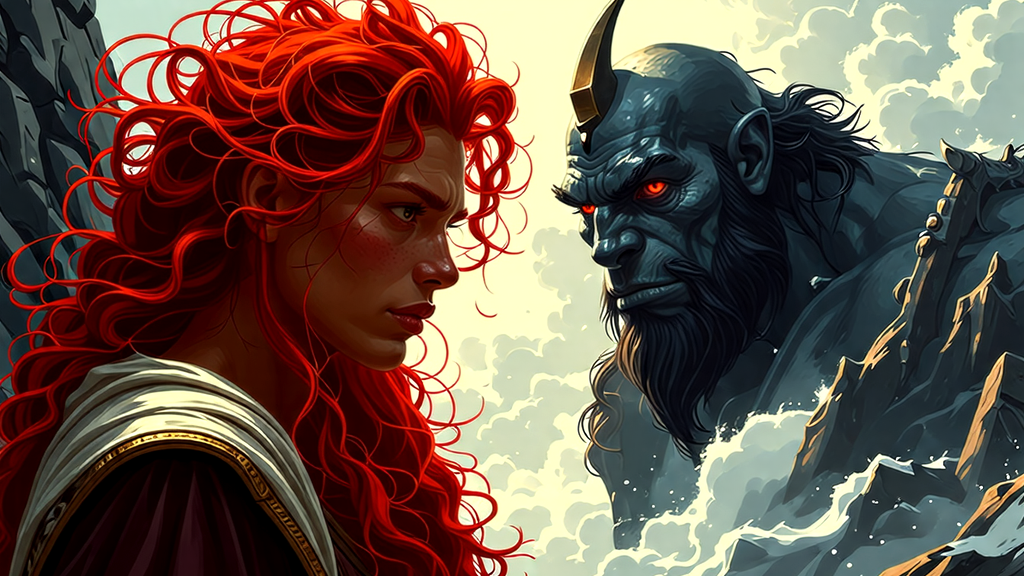
The Intrigue of Romanian Mythology
The allure of Romanian mythology lies in its rich tapestry of stories, each brimming with mystery and wonder. From the formidable Solomonar, a master of storms, to the romantic yet tragic Zburatorul who haunts dreams, these tales capture the imagination deeply. The Jidovi, colossal giants of the Carpathians, are another highlight, embodying both strength and benevolence as they assist humans in times of need.
1. Solomonar: Control over natural elements, testing human kindness.
2. Zburatorul: Embodying unfulfilled love, appearing in dreams.
3. Jidovi: Giants aiding humans, guarding treasures.
4. Capcaun: Cannibalistic ogre, feared and revered.
5. Strigoi: Undead spirits, influencing vampire lore.
These myths of Romania not only paint a vivid picture of the past but continue to fascinate and influence the culture today. Each legend serves as a window into the values, fears, and hopes of the Romanian people. Exploring these stories provides a deeper understanding and appreciation of this enchanting land.
The tale of Solomonar, a high priest among the Dacians, is one of the most mysterious myths of Romania. Solomonar, often depicted with striking red hair, is believed to have control over natural elements like storms and winds. These sorcerers, trained from a young age, carry a powerful Magic Book. They roam the land disguised as beggars to test the kindness of people, rewarding or punishing based on their encounters.
In exploring such Romanian myths, it becomes clear how deeply they reflect the culture’s values and fears. The Solomonar legend, for instance, emphasizes the importance of kindness and humility. If you’re intrigued by such stories, you might also enjoy my post on whether Dracula is from Romania.
Engaging with these tales provides a richer understanding of Romanian heritage. The myths about Romania continue to captivate, offering a glimpse into the Romanian people‘s psyche and history.

The mythical Zburatorul, often seen as a handsome man or shooting star, embodies the pain of unfulfilled love. He appears in the dreams of young women, leaving them obsessed and heartbroken. This tale dives deep into themes of longing and the consequences of intense passion. The myth reveals how love, though enchanting, can lead to mental turmoil.
Interestingly, these myths of Romania are more than just stories; they reflect the culture’s intricate views on love and desire. The Zburatorul, in particular, highlights how dreams can blur the line between reality and fantasy, leading to an emotional rollercoaster.
In my previous post on whether Romania stole Transylvania, I touched on how folklore plays a role in shaping regional identities. Zburatorul’s tale, much like other Romanian myths, connects deeply with the country’s cultural fabric.
For those fascinated by supernatural romances, this story stands as a poignant reminder of the bittersweet nature of love.
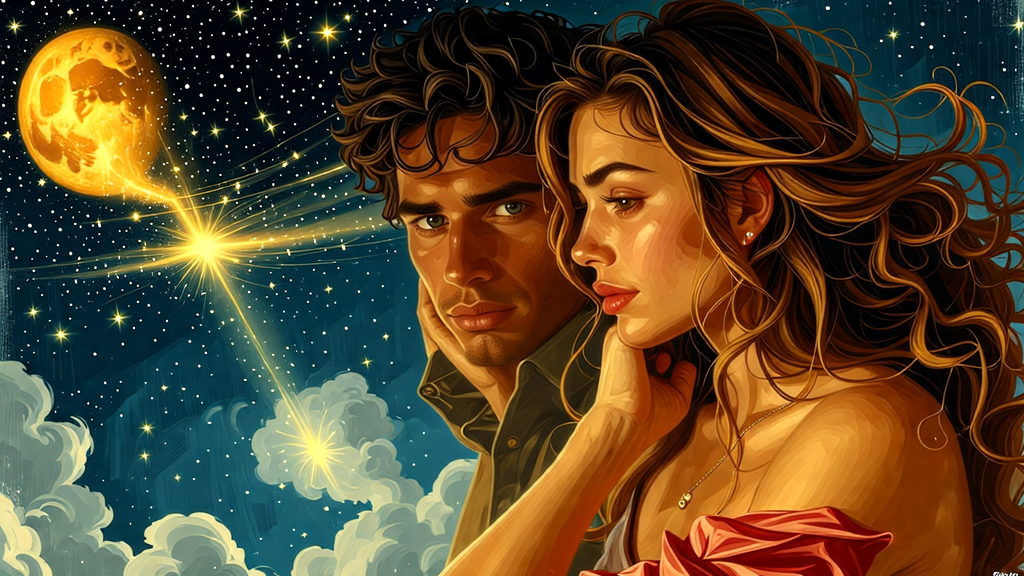
Jidovi, the giants of the Carpathians, are a captivating chapter in the myths of Romania. These towering beings were known for their immense strength and size, with legends recounting their role in protecting Dacian gold treasures hidden in the mountains. Their peaceful coexistence with humans during natural disasters marks them as benevolent figures.
These giants have left a lasting impression on place names and folklore in the region, hinting at their significant cultural impact.
Interestingly, traces of their legend can be found in various Carpathian locales, often tied to ancient Dacian traditions. For instance, the giants’ association with hidden treasures parallels other myths about Romania, where supernatural beings guard riches.
Speaking of cultural myths, did you know I recently discussed whether Romania was part of the USSR and how such misconceptions shape perceptions? This all ties back to how legends like those of the Jidovi influence cultural identities. The tale of these giants is a testament to Romania’s rich, mythical tapestry.
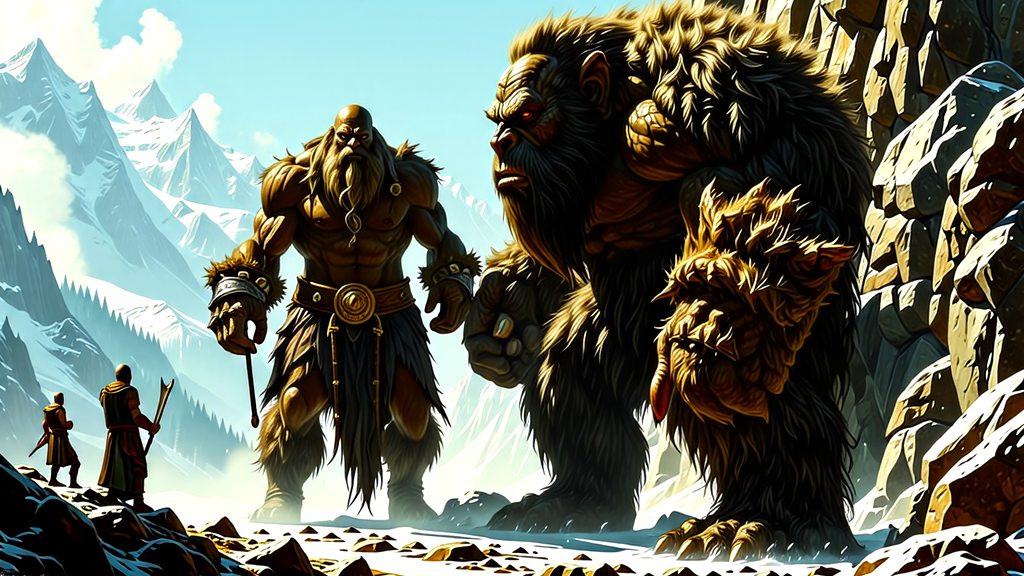
Dispelling myths about Romania can shed light on the truth behind these common misconceptions. Despite what some believe, Romania is not overrun by gypsies. The Roma people make up only a small percentage of the population, and the general populace is diverse and welcoming.
Safety concerns are often overstated. Romania is as safe as many Western European countries, with minor precautions against pickpockets and traffic sufficing for a worry-free trip.
Another myth suggests Romania is dirt cheap. While it’s more affordable than many Western European destinations, it’s not a bargain basement. Prices in cities are similar to those in Madrid or Lisbon.
- Romania is not overrun by gypsies.
- Romania is generally safe for tourists.
- Not everything is dirt cheap in Romania.
- Common sense precautions are advised.
- Romanian cities have prices comparable to Madrid.
- The Roma people make up a small part of the population.
- The general populace is diverse and welcoming.
- Romania is as safe as other European countries.
For those interested in local tours, this Dracula tour offers a unique perspective on Transylvania.
Romania – A Dangerous Destination?
Addressing the idea of Romania being dangerous, it’s essential to debunk some common myths. Though some areas may require vigilance, like near train stations in Bucharest, overall safety is on par with other European destinations. Simple precautions, like watching out for pickpockets, usually suffice.
One myth about Romania is the exaggerated presence of gypsies. They only make up about 3% of the population. This misconception unfairly colors the perception of Romanians, who are generally very welcoming.
Another misconception is that Romania is “dirt cheap.” While more affordable than cities like London or Paris, prices are comparable to Madrid or Lisbon. This sets realistic expectations for travelers.
When we talk about safety, I always recall my visit to Transylvania. Wandering around felt as safe as exploring any other European countryside.
For a deep dive into myths, my post on whether Romanians are Slavic might interest you: Are Romanians Slavic?.
| Myth | Fact | Impact on Perception | Reality |
|---|---|---|---|
| Romania is dangerous | Generally safe with precautions | Negative | Comparable to other European countries |
| Overrun by gypsies | 3% of population | Unfair stereotype | Diverse and welcoming populace |
| Dirt cheap | Affordable but not extremely cheap | Misleading | Prices similar to Madrid or Lisbon |
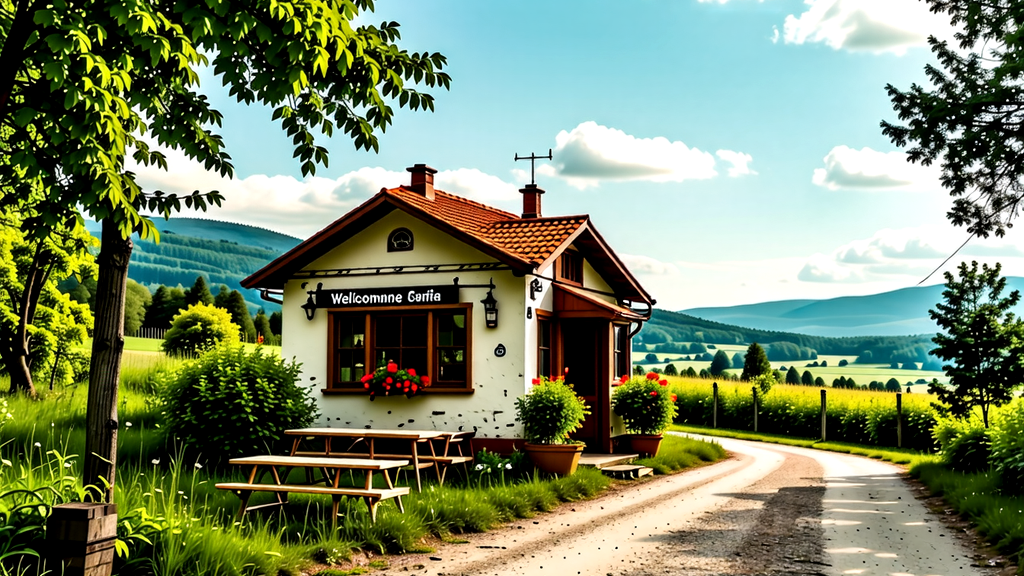
Is Romania Overrun by Gypsies?
The misconception that Romania is inundated with gypsies is one of the many myths of Romania that need clarification. The Roma people make up only about 3% of the population. This small percentage contrasts sharply with the exaggerated image often portrayed in the media.
While the Roma face issues such as discrimination, it’s essential to distinguish these social challenges from the broader Romanian society. Many Romanians actively work towards better integration and understanding of the Roma community, debunking the stereotype.
Interestingly, travelers on a Transylvania Dracula tour or those visiting iconic sites often find a vibrant, diverse culture rather than the caricatured images they might expect. The real Romania is a welcoming and beautiful country, far from the myths that distort its image.
For a more nuanced view, exploring Romania’s cultural sites can be enlightening. For instance, check out this guide to plan your visit Romania trip. It provides a realistic and respectful portrayal of the nation and its people.
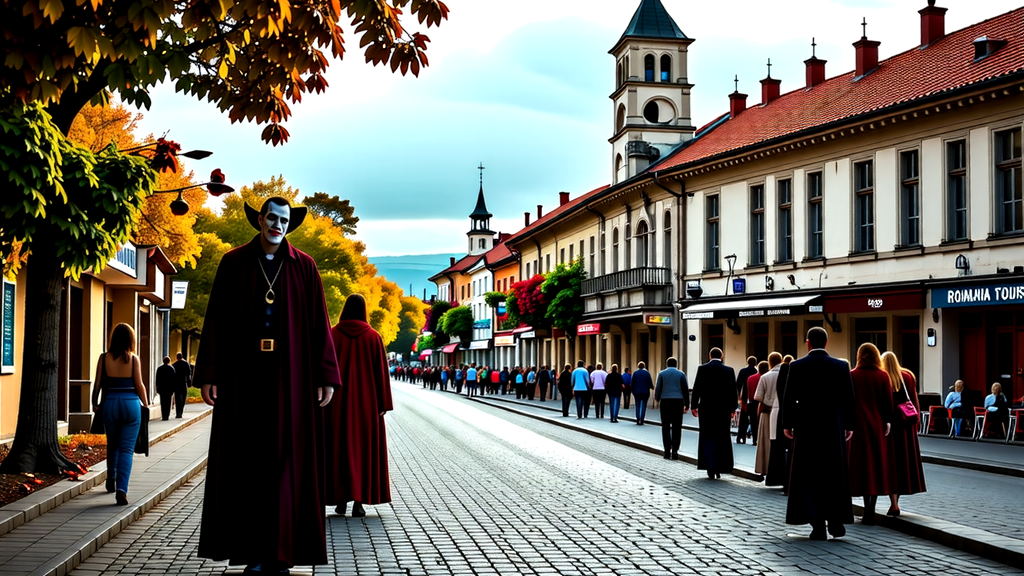
The Truth Behind the ‘Dirt Cheap’ Romania
The notion of Romania being “dirt cheap” can be misleading. Sure, it’s more affordable than places like the UK or France, but it’s not a bargain-basement destination. Prices in cities like Bucharest or Cluj-Napoca can rival those in Madrid or Lisbon. The reality is, Romania offers great value, but not at rock-bottom prices.
Myths of Romania often paint an unrealistic picture. Travelers expecting everything to be a steal might be surprised. Dining and accommodation are reasonably priced, yet not extraordinarily cheap. Public transport is affordable, but luxury services come at a cost.
It’s not just about money. The quality and experience matter. Romania provides excellent cultural, historical, and natural attractions, making it worth every penny. This adds depth to the myths about Romania, showing that value comes from more than just cost
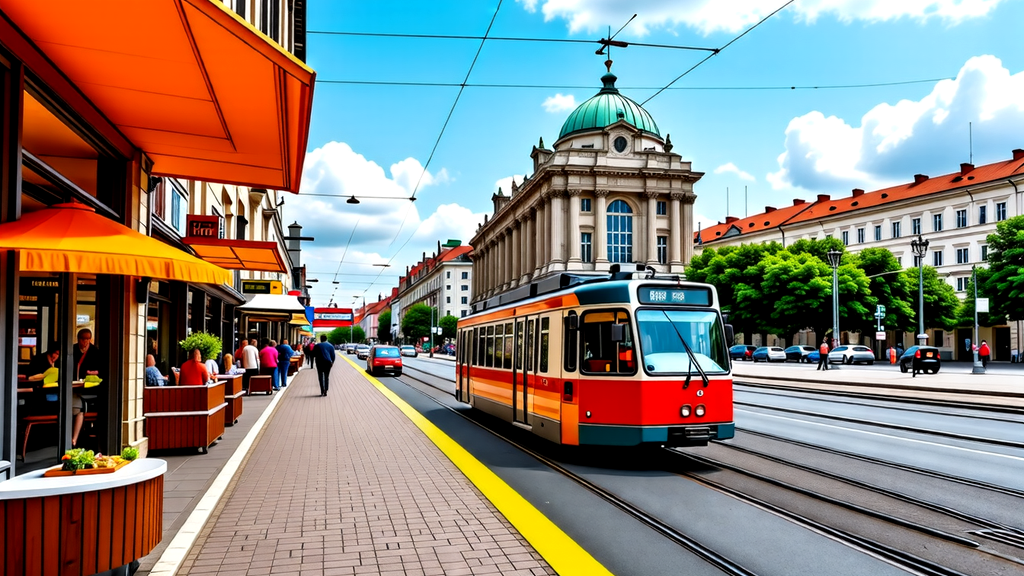
Conclusion
Romania’s rich tapestry of myths and legends reveals a culture deeply connected to its past. The tales of the Solomonar, Zburatorul, and Jidovi offer a glimpse into unique cultural narratives that have shaped Romanian identity. These stories not only entertain but also provide moral lessons and reflect societal values.
Misconceptions about Romania often overshadow its true essence. It’s a country of incredible beauty, steeped in history, and offering warm hospitality. Debunking myths about its safety, population, and cost helps paint a more accurate picture. By understanding the real Romania, we appreciate its cultural depth and vibrant present. This makes exploring Romania an enriching experience, full of surprises and genuine connections.
FAQ
What is the significance of Solomonar in Romanian mythology?
The Solomonar is a pivotal figure in Romanian mythology. Depicted as a tall, red-haired sorcerer, the Solomonar is believed to control natural elements such as storms, frost, mist, and hail. They are trained from a young age and possess a Magic Book, which is the source of their powers. Interestingly, they often test people’s kindness by disguising themselves as beggars, rewarding or punishing based on the response they receive.
Who or what is Zburatorul, and what role does it play in folklore?
Zburatorul is a mystical figure representing unfulfilled love and desire. Often depicted as a handsome man or a shooting star, he visits young women in their dreams, making them lovesick and obsessed. This myth explores themes of passion, longing, and the mental anguish that such intense emotions can cause. It’s a unique take on the complexities of love and desire in Romanian folklore.
What are Jidovi, and how are they portrayed in Romanian legends?
Jidovi are the giants of the Carpathians in Romanian mythology. These colossal beings are said to have lived peacefully alongside humans, often helping them during natural disasters. Legends speak of their immense size and strength, with some stories claiming that they guarded the Dacian gold treasures in the mountains. The cultural significance of Jidovi is evident in place names and folklore.
Is Romania a dangerous place to visit?
Romania is not a dangerous destination for tourists. While areas near train stations in Bucharest might require extra vigilance, the overall safety in Romania is comparable to other European countries. Basic precautions, like being aware of pickpockets and cautious in traffic, are generally sufficient.
Is the perception that Romania is overrun by Gypsies accurate?
This perception is incorrect. The Roma people make up about 3% of Romania’s population. While issues of discrimination and marginalization exist, it is essential to separate these from the general Romanian populace. Many Romanians are actively working towards better integration and mutual understanding.
